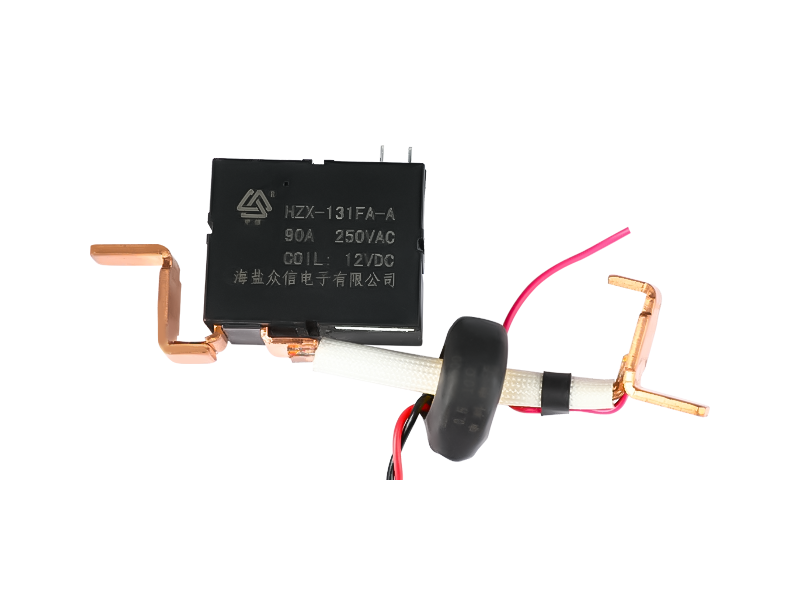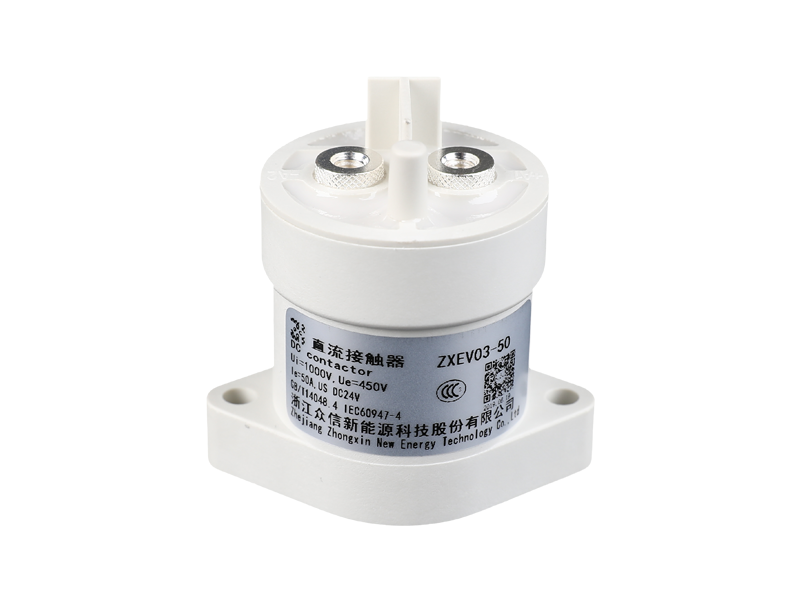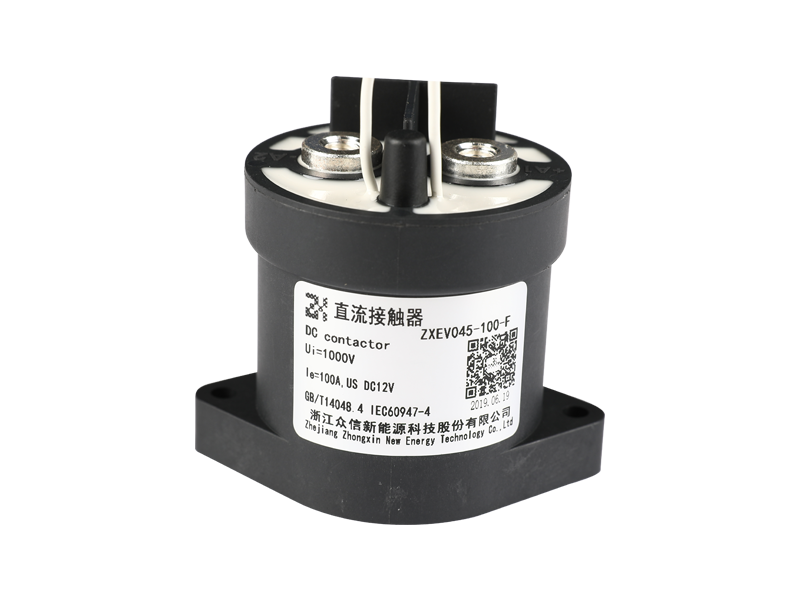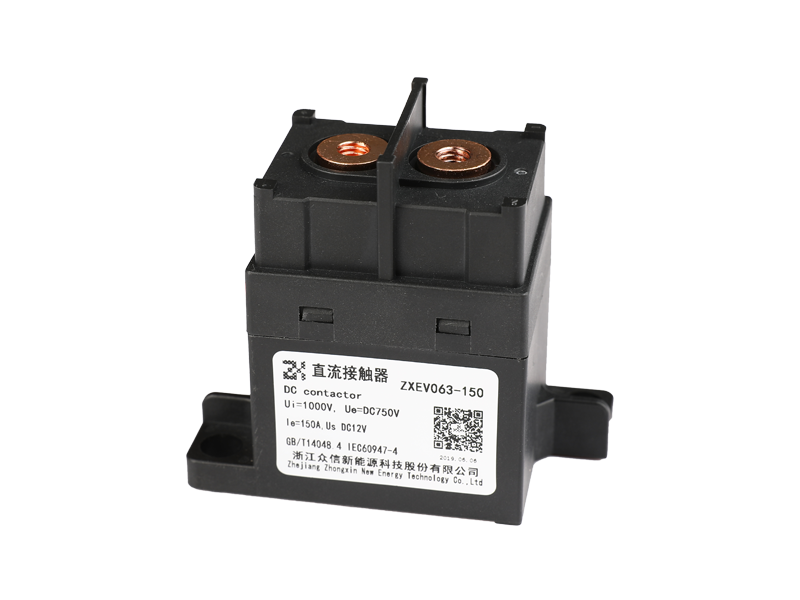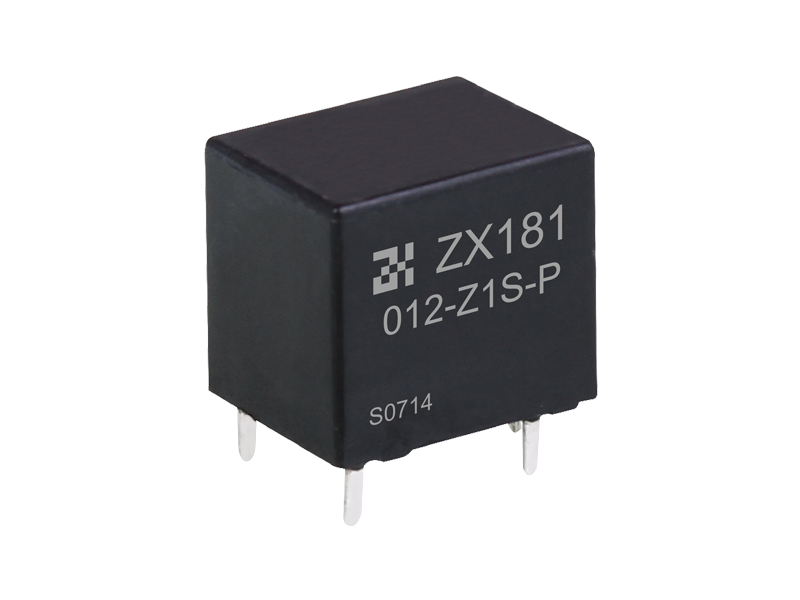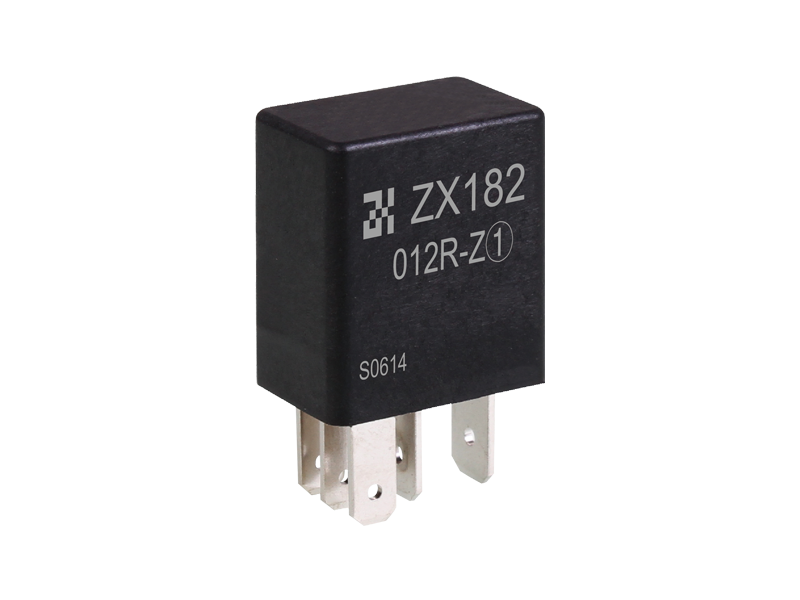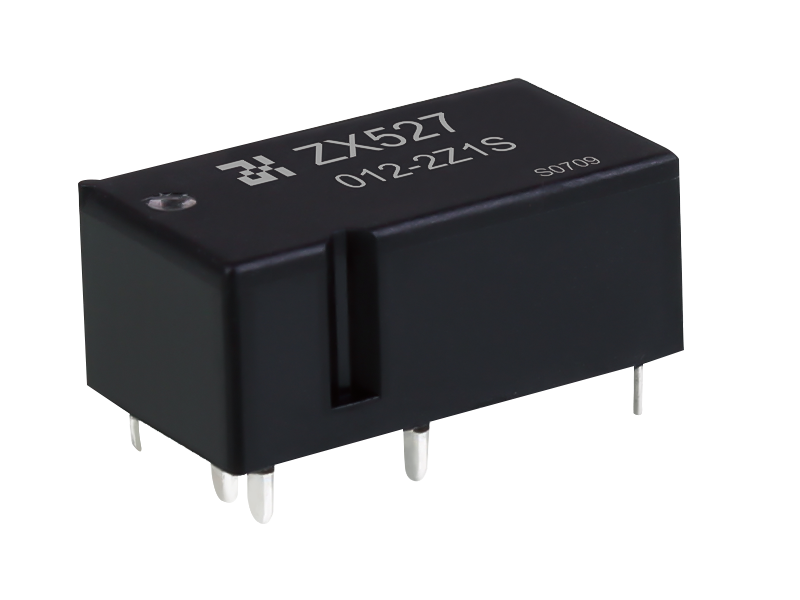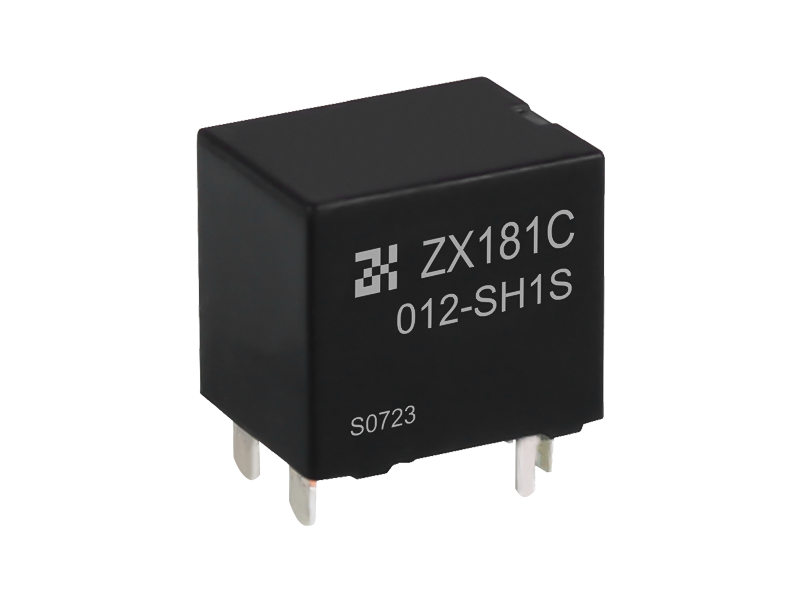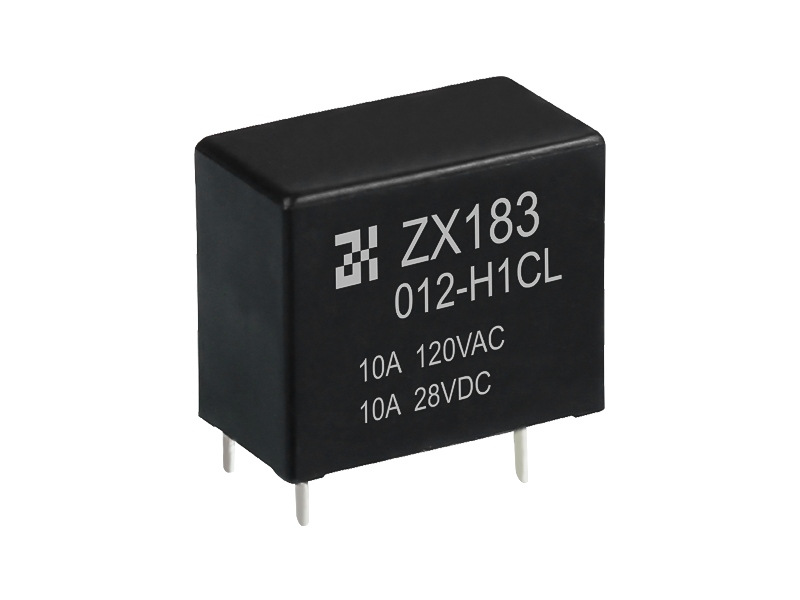Applications of Electromagnetic Relays:
1. Power Generation and Distribution: Electromagnetic relays are extensively used in power generation and distribution systems. They help monitor and control the flow of electricity, ensuring efficient and reliable distribution of power.
Electromagnetic relays protect equipment by detecting abnormal conditions, such as overcurrent, undercurrent, and voltage fluctuations, and activating appropriate actions, such as circuit disconnection or tripping, to prevent damage and ensure system stability.
2. Industrial Automation: Electromagnetic relays play a crucial role in industrial automation systems. They provide control and interlock functions, enabling the automated operation of machinery, motors, and other industrial equipment. Electromagnetic relays facilitate tasks such as motor control, lighting control, and process sequencing, contributing to improved productivity, efficiency, and safety in manufacturing and industrial processes.
3. Building Automation and HVAC Systems: In building automation and HVAC (Heating, Ventilation, and Air Conditioning) systems, electromagnetic relays are used for controlling lighting, air conditioning, heating, and other building services. They enable energy-efficient operation by automatically activating or deactivating equipment based on predefined conditions or user inputs. Electromagnetic relays in building automation systems ensure optimal comfort, energy conservation, and cost savings.
4. Automotive and Transportation: Electromagnetic relays find extensive applications in the automotive and transportation industries. They are used in vehicles for functions such as engine control, power window operation, lighting control, and safety systems. Electromagnetic relays provide reliable switching and control of electrical circuits, ensuring proper operation of vehicle components and systems.
5. Telecommunications and Data Centers: In telecommunications and data center environments, electromagnetic relays are utilized for signal routing, circuit switching, and power management. They help establish and maintain connections in telecommunication networks, ensuring efficient transmission of data and signals. Electromagnetic relays in data centers enable efficient power distribution and protection, contributing to reliable and uninterrupted operation of critical IT infrastructure.
Advantages of Electromagnetic Relays:
1. Reliability and Longevity: Electromagnetic relays are known for their high reliability and longevity. They have no moving contacts, reducing wear and tear and ensuring consistent performance over an extended period. Electromagnetic relays are designed to withstand challenging environmental conditions, vibrations, and electrical disturbances, making them suitable for demanding industrial and commercial applications.
2. Fast Response and Switching Speed: Electromagnetic relays offer fast response times and switching speeds, allowing for quick activation or deactivation of electrical circuits. This is crucial in applications where timing and accuracy are essential, such as fault detection, protection, and control systems. The fast response of electromagnetic relays helps minimize potential damage to equipment and ensures prompt action during critical events.
3. Electrical Isolation: Electromagnetic relays provide electrical isolation between control circuits and power circuits. This isolation prevents interference and helps protect sensitive control devices from voltage spikes, surges, and electrical noise. Electromagnetic relays ensure the integrity of control signals and minimize the risk of damage to control systems.
